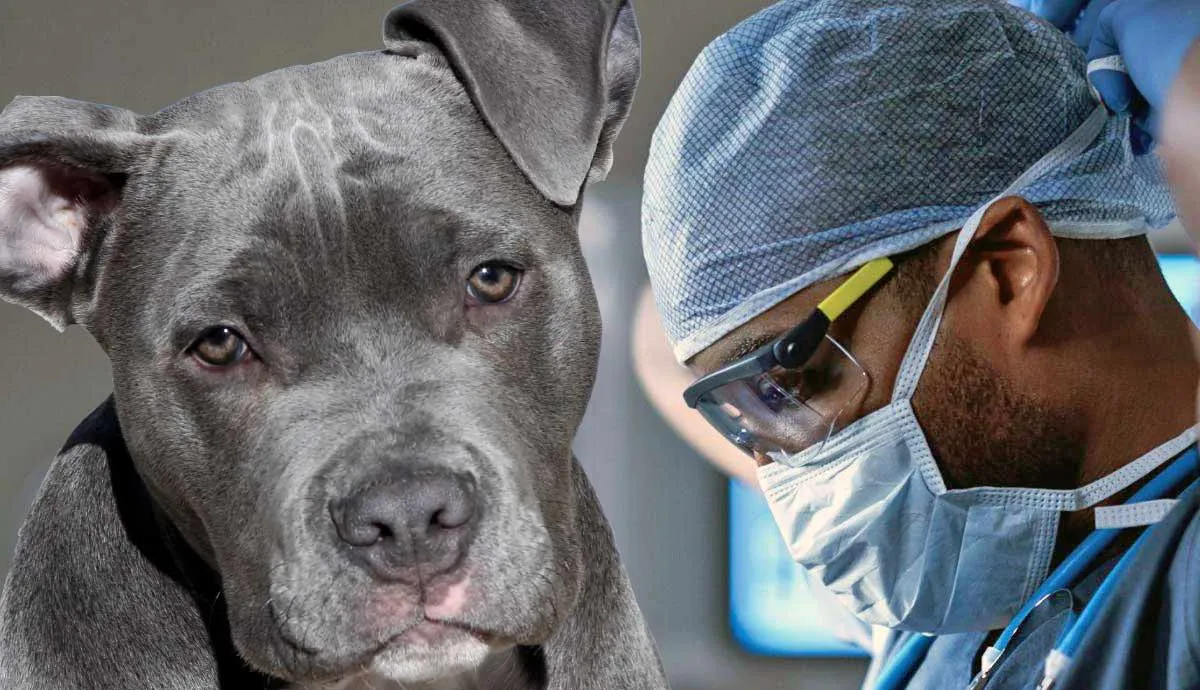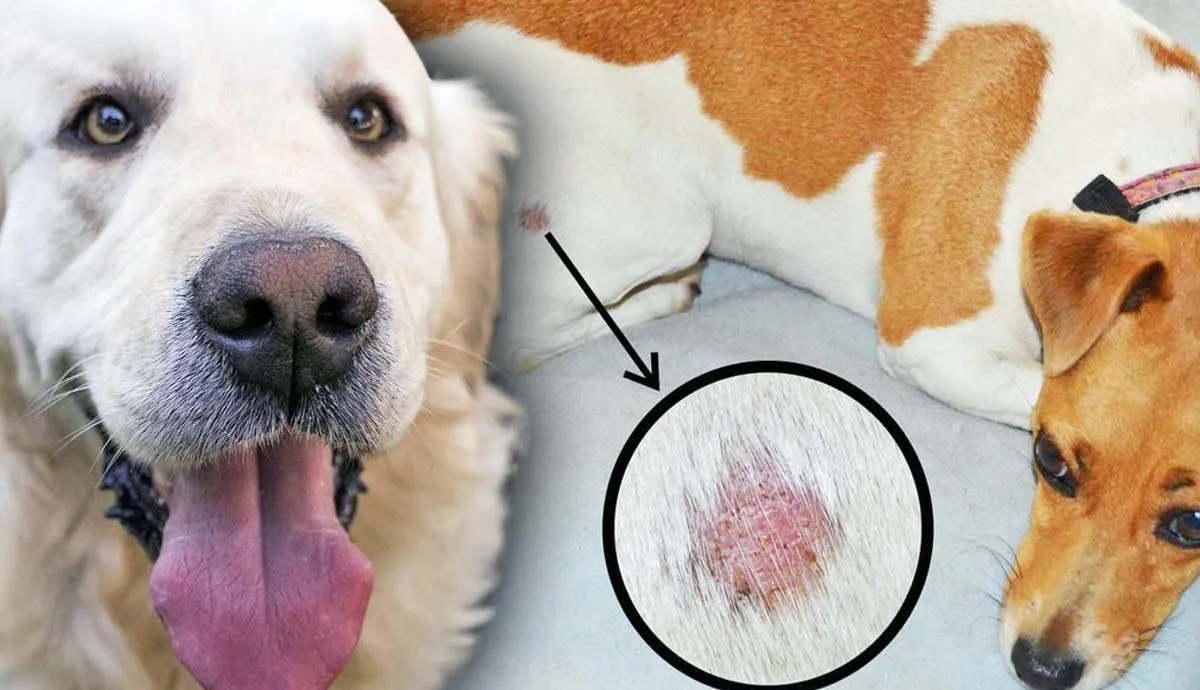If you are thinking about adopting an American Eskimo Dog (or Eskie for short), you may wonder if these adorable balls of fluff are susceptible to any diseases. While every dog breed faces common health problems, some specific to these dogs include progressive retinal atrophy, dental disease, patellar luxation, and epilepsy.
Read on to learn more about the risk of these diseases and how to care for an American Eskimo Dog who may be ill.
1. Progressive Retinal Atrophy (PRA)

PRA is part of a group of diseases that leads to the breakdown of photoreceptor cells which leads to blindness. If you notice any changes in your Eskie’s vision, it is imperative to get him checked out. There are no treatments for this disease currently, and it can take as little as 1-2 years from the onset of symptoms for your dog to have complete blindness.
Dogs either have early onset (between eight to 12 weeks of age) or late onset (three to nine years old). They will begin to exhibit symptoms, such as reluctance to enter a dark room, clumsiness, dilated pupils, and cataracts.
Over the years, many ethical breeders have conducted genetic testing to reduce the likelihood of their dogs passing down PRA. Reputable breeders are committed to bettering the American Eskimo Dog standard. Backyard breeders and puppy mills do not.
2. Dental Disease

As your American Eskimo Dog ages, you may notice that he has trouble eating, or his gums look inflamed. Dental disease is caused by bacterial tartar and plaque. As these substances build up over time, they often lead to tooth and bone decay.
To prevent dental disease in your Eskie, brush his teeth daily. This will help to remove bacteria and prevent plaque and tartar from building up. You can also give your Eskie treats and chew toys that help clean the teeth. Additionally, you should get his teeth cleaned by a professional at least once a year.
A professional can evaluate your dog’s mouth, remove hard-to-reach plaque, and treat any problem areas. In the long run, this prevents tooth loss and the problems that come with it.
3. Luxating Patella

Another genetic health issue an American Eskimo Dog may inherit is patellar luxation. The patella (kneecap) shifts out of place and causes your dog to limp, walk bowlegged, hunch, and/or have cracking noises when their knee is bent.
This health condition is most common in small breeds, but large breed dogs can also develop luxating patella. A dog with patellar luxation will take anti-inflammatory medications to manage pain and discomfort. They will have exercise restrictions. If your dog is overweight, they may be placed on a diet and need to lose weight to lessen the burden on their knees.
For severe cases, surgery may be necessary. This health condition does not affect life expectancy, but it does make it more difficult for your dog to move around and may affect their quality of life. That’s why it’s important to consult their vet and understand how to comfort a dog with luxating patella.
4. Epilepsy

A brain disorder that causes recurrent seizures without a known cause is known as canine epilepsy. American Eskimo Dogs are at a slightly higher risk of developing this disorder, which is often linked to genetics.
Seizures can be terrifying to witness in your beloved dog, and if you’ve never seen one, they can be very strange. A seizure can look different based on the type. Generalized seizures appear as stiffening of legs and neck, falling over, uncontrollable movement of the mouth or limbs, loss of bladder control or bowels, and violent shaking.
Focal seizures may look more like your dog is nipping at something unseen in the air. Most seizures only last about 30-90 seconds. After the seizure, your dog will be dazed and disoriented.
If you suspect your dog has had a seizure, it is important to take your pet to the vet for evaluation. Epilepsy is treated with anticonvulsant drugs and continual monitoring.
Risk of Health Problems in American Eskimo Dogs

On average, American Eskimo Dogs are healthy companions who can live between 13 to 15 years. However, due to diet and genetics, sometimes these snow-white dogs can develop a few health issues.
As noted, the first step to ensure that you have a healthy American Eskimo Dog is to adopt from a reputable breeder. A reputable breeder will have parents who are healthy and documented. They usually screen for genetic issues before breeding. Then, once puppies are born, the breeders take the dogs for health screenings and will let you know upfront if your dog has any conditions.
Next, once you’ve adopted your dog, you must make sure they stay up to date on their vaccinations and vet visits. If your dog does develop a health issue, catching it sooner rather than later is key.
The American Kennel Club recommends you get your American Eskimo Dog tested with a hip evaluation, DNA test, and ophthalmologist evaluation. That way, you can create a preventative care plan that mitigates any possible issues.
Consult a Vet to Keep Your Dog Healthy

Overall, American Eskimo Dogs tend to be healthy. However, as with many dog breeds, there are some diseases they are more prone to get. Progressive retinal atrophy, dental disease, patellar luxation, and epilepsy are common diseases for Eskies.
However, if you get your American Eskimo Dog from a reputable breeder, keep regular vet appointments, and provide your dog with a healthy diet and plenty of exercise, he will remain healthy and active for many years to come. If your dog does develop one of these diseases, it is important to discuss these conditions with your veterinarian and get early treatment to ensure a good prognosis.





